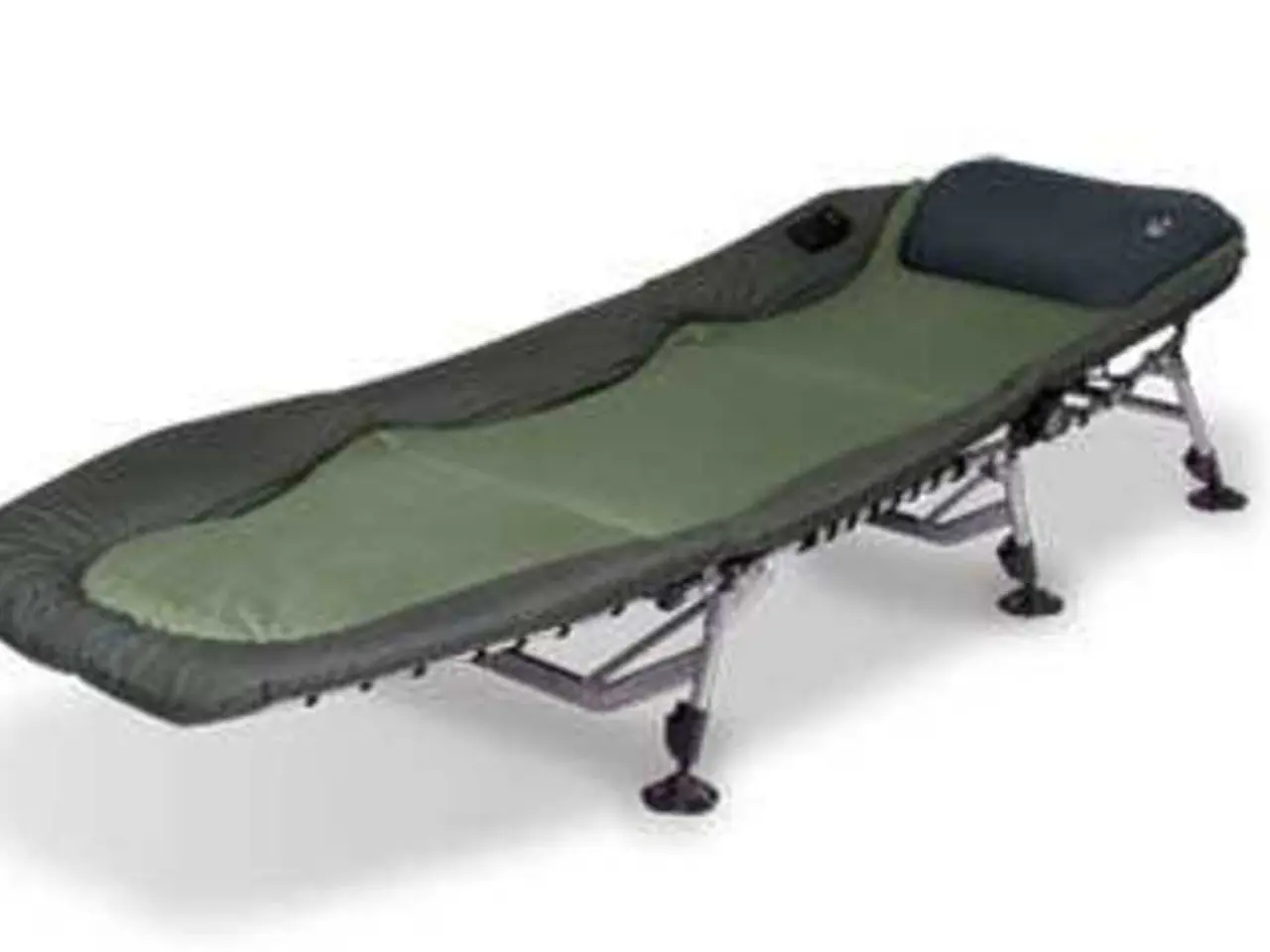Guide for Piriformis Stretching
The piriformis muscle, a flat, pear-shaped muscle deep within the buttocks and hips, plays an important role in stabilizing the hip joint and rotating the thigh outward. This muscle can sometimes become tight, leading to discomfort and even sciatica, a condition characterized by pain in the lower back, buttocks, and legs.
One effective way to stretch the piriformis is by performing the Figure 4 stretch. To do this, lie on your back, cross one ankle over the opposite thigh, push the bent knee away, and gently pull the supporting thigh toward you to feel a stretch in the hip. Hold for 30 seconds and repeat 3-5 times on each side. Other variations include seated and side-lying stretches with the same duration.
Performing stretches while lying on the back is an effective way to stretch the piriformis, as gravity helps increase the hip and leg muscles' range of motion and promotes relaxation. For instance, a lying piriformis stretch can be done by lying on the back with knees bent and feet flat on the floor, putting the right ankle over the left knee and grasping the left leg to gently pull toward the chest. An alternative lying piriformis stretch can be done by lying on the back with knees bent and feet flat, grasping the right leg with both hands and gently pulling the leg toward the chest, aiming to match the foot to the left hip bone.
For frequency, it is recommended to stretch the piriformis muscle 2-3 times daily, especially gently after warming up with light movement, to improve flexibility and reduce discomfort. Consistency over time is key, with stretching sessions held for 20-60 seconds per stretch and repeated multiple times.
It is crucial to avoid overstretching or pushing too hard when stretching the piriformis, as this can lead to injury. Research suggests that holding stretches optimally can help alleviate discomfort. If a person experiences sharp pain, increased tightness, or sciatica when stretching the piriformis, they should contact a doctor or physical therapist for further advice.
Additionally, the Pigeon pose is a stretch that can help stretch the piriformis muscle by beginning on hands and knees, lifting and bending the hip, bringing the left leg forward, bending at the knee, and resting the outside of the lower leg and foot on the floor, placing both hands on the floor in front of the bent left leg, extending the right leg back until it is straight out behind, lowering the upper body until the weight is on the forearms, and holding the stretch before repeating on the other side.
People who experience persistent hip pain that does not get better with stretching should speak with a doctor, as this could be a sign of an underlying condition. If the piriformis muscle becomes tight due to sitting for long periods or being overworked due to repetitive motions, stretching can help alleviate discomfort. However, if a person's piriformis muscle remains tight despite regular stretching, they should consult a physical therapist.
In conclusion, stretching the piriformis muscle can help alleviate discomfort and prevent further tightness. By following a consistent stretching routine and avoiding overstretching, individuals can improve their mobility and reduce pain associated with tight piriformis muscles.
- The predictive role of the piriformis muscle in stabilizing the hip joint and rotating the thigh is crucial in maintaining one's health-and-wellness.
- A condition called sciatica, characterized by pain in the lower back, buttocks, and legs, may occur due to a tight piriformis muscle.
- The Figure 4 stretch, a type of stretch that helps alleviate piriformis discomfort, involves lying on the back, crossing one ankle over the opposite thigh, and pulling the supporting thigh towards you.
- Aq, a variation of seated piriformis stretch, requires sitting on a round exercise ball, expanding the chest, and rotating the hips.
- People suffering from asthma or HIV, conditions affecting the lung, may also experience tightness in the piriformis muscle due to physical inactivity.
- Physical therapy, a science-backed approach, can offer effective solutions for those dealing with piriformis-related pain and tightness.
- A study suggests that cancer-related degeneration may impact not only the macular region of the eye but also the health of the piriformis muscle.
- In the instance of acute hepatitis or diabetes, regular exercise and fitness-and-exercise routines, including stretching the piriformis muscle, are essential for overall well-being.
- obesity and depression, two health issues often linked, can exacerbate piriformis tightness, making it challenging to perform the necessary stretches effectively.
- The Pigeon pose, a yoga position, is a type of stretch beneficial for individuals seeking to relieve piriformis muscle tension and promote flexibility.
- Spondylitis, an inflammatory condition affecting the spine, may also lead to piriformis muscle tightness, necessitating medical intervention or a consultation with a physical therapist.
- As with any stretching regimen, it's important to remember that consistency, patience, and proper technique in performing piriformis stretches are key to long-term health benefits and pain relief.




